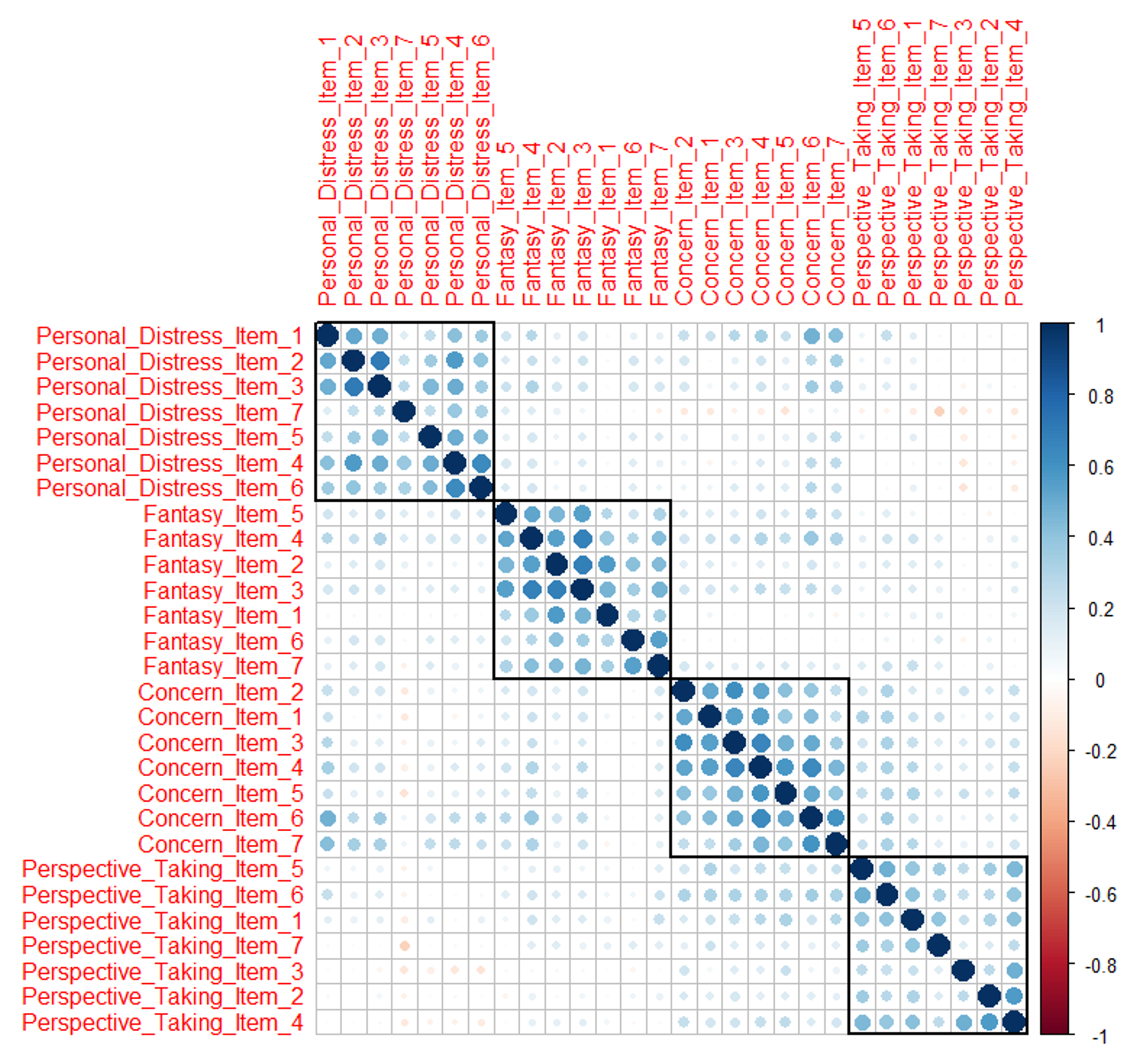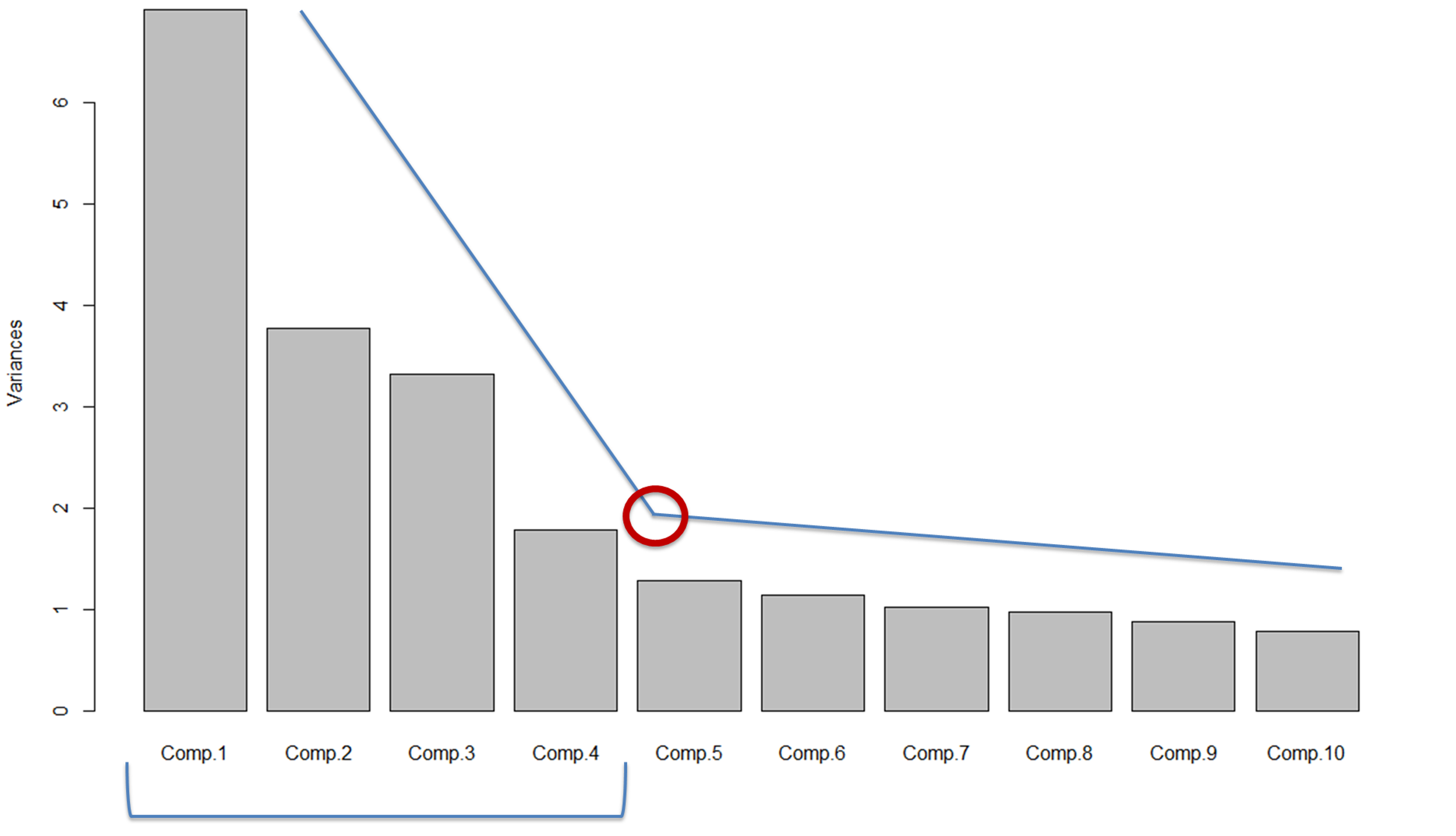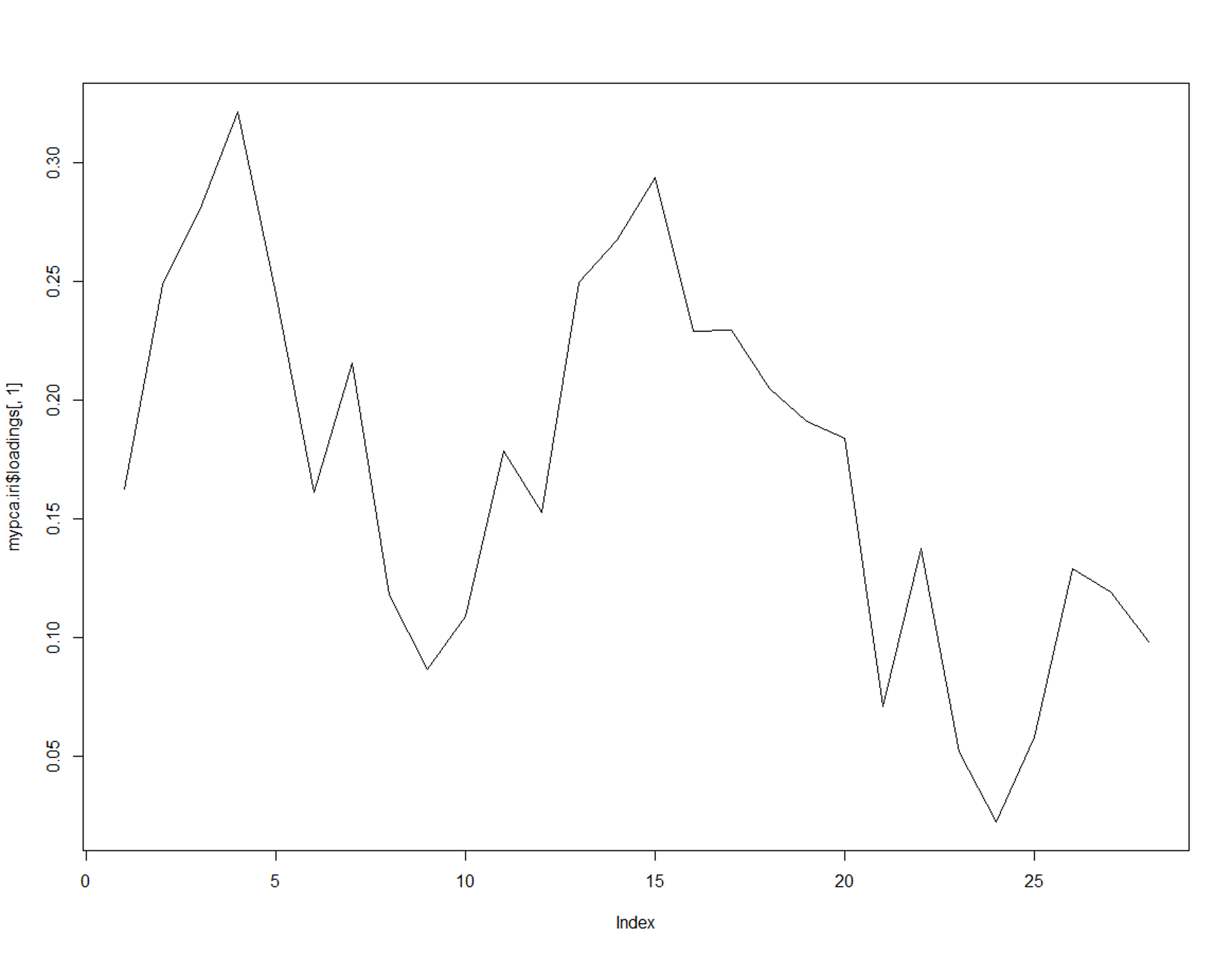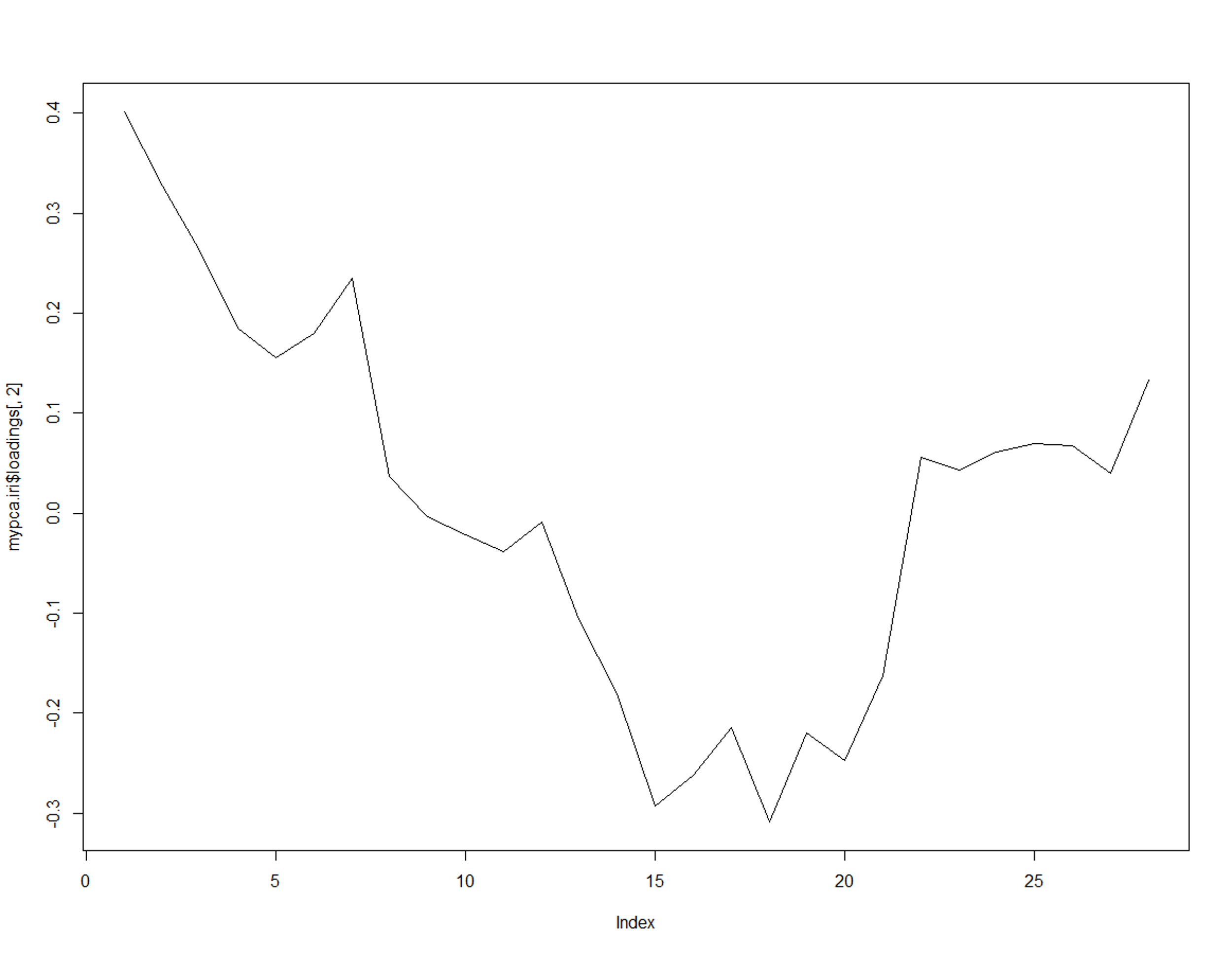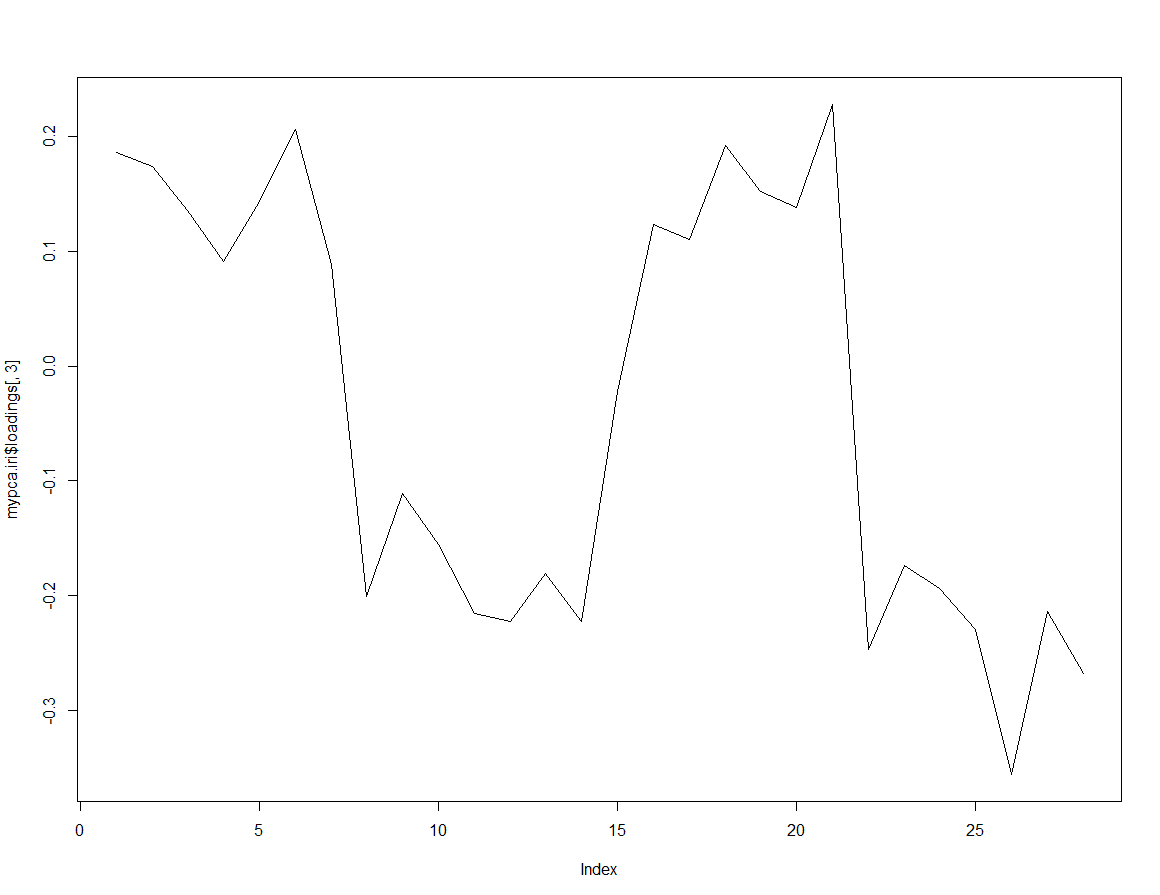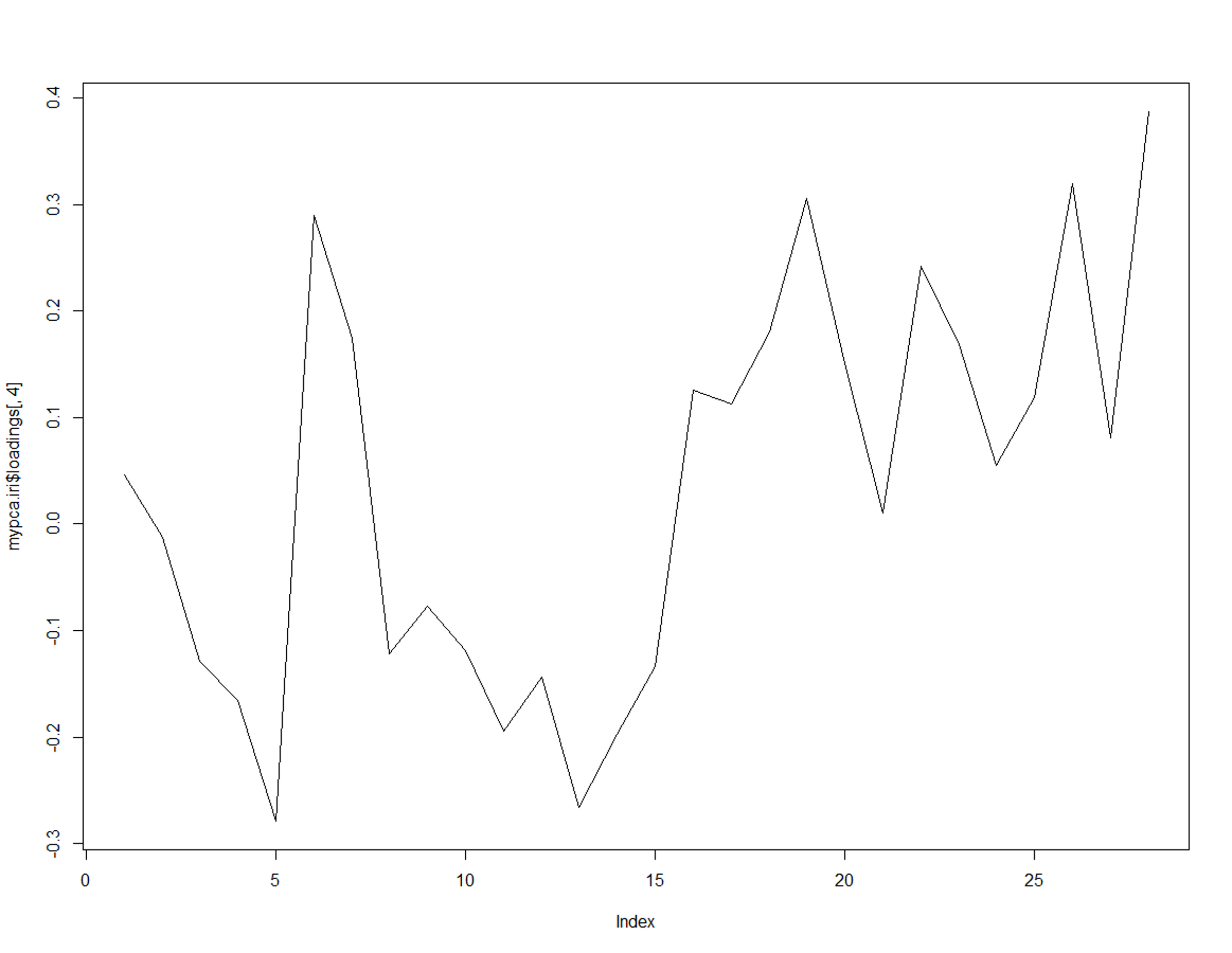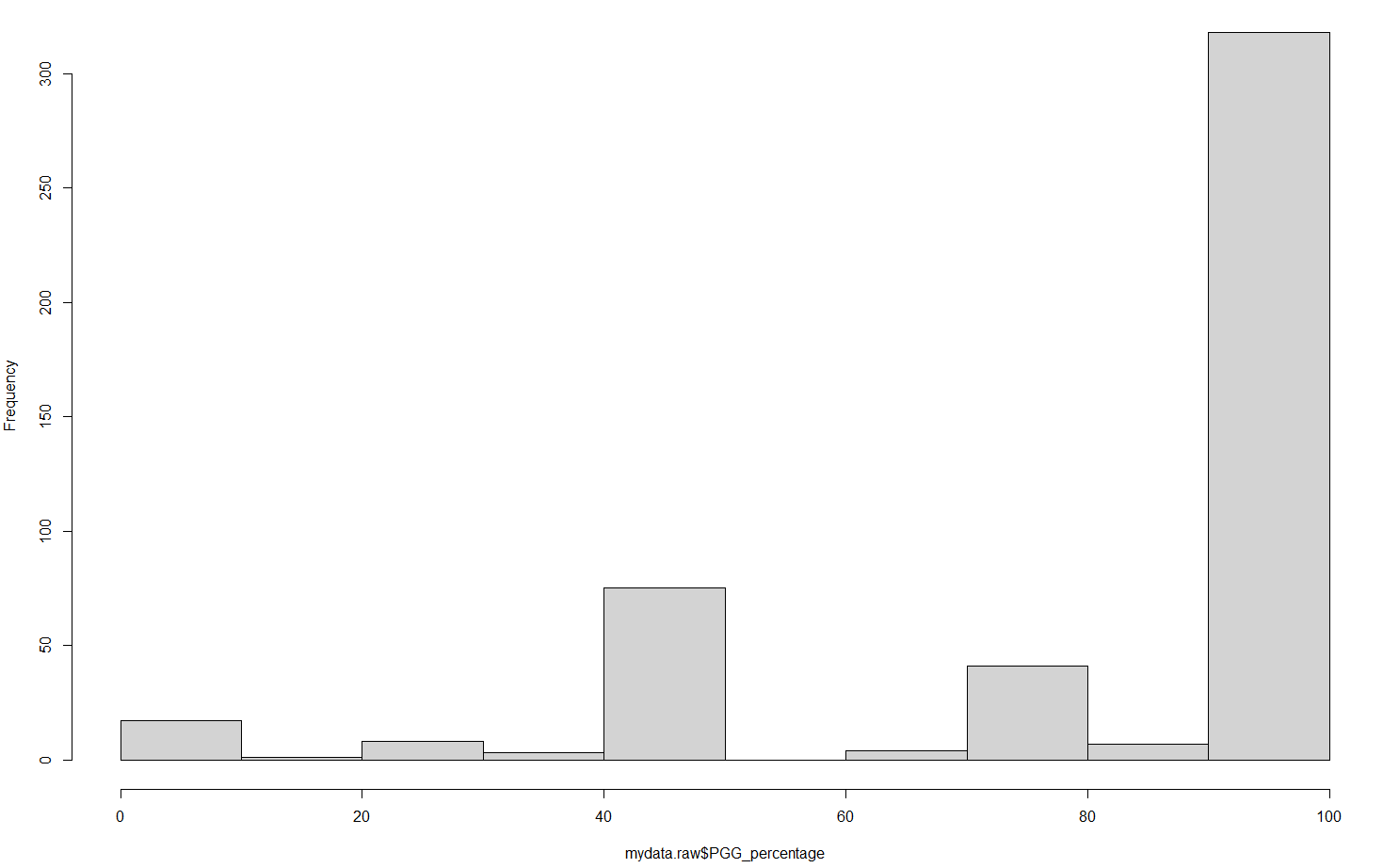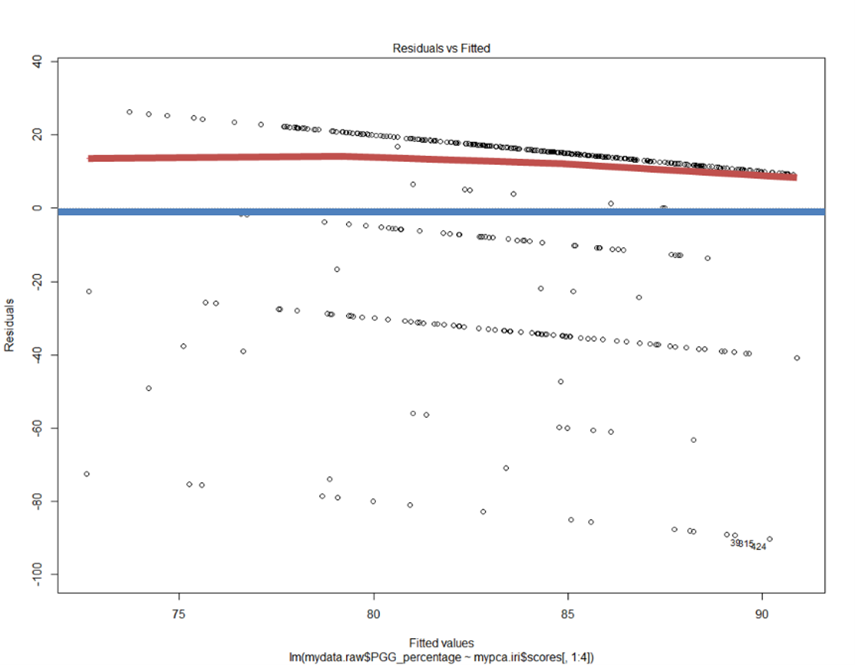Psychometric Profile Analysis of Empathy Scores as a Predictor of Prosocial Behavior

RESEARCH QUESTIONS
Can we uncover profiles that speak to the patterns in which people respond to a psychometric scale of empathy?
What does these profiles tell us about the relationships between different types of empathy?
How do participant scores on profiles predict actual prosocial behavior as measured through an economic public goods game?
METHOD
1) Utilized a 2018 data set from Brazil that was used as a validity analysis of a Portuguese empathy trait scale
2) Initial correlation plot (shown below) demonstrated that the four subscales on the Interpersonal Reactivity Index (IRI; Davis 1980), the empathy scale of interest for this project, showed that items within each subscale correlated and clustered well together. A reliability analysis of the entire scale also revealed a high Cronbach’s alpha of .86, pointing to a relatively high consistency among the items.
3) Ran a principal components analysis (PCA) and identified the number of meaningful components, or profiles, as 4 per the scree plot below
RESULTS
Analysis of the first four components and loadings of each scale item onto each component resulted in the following profiles. Scores on each profile were calculated for each participant - the more their response pattern matched a given profile, the higher their score on that profile.
Profile 1:
All items had positive loadings
Indicates an overall level of empathy such that as scores on one item increase, scores on other items also tend to increase
Supports the empathy-altruism hypothesis, that people do engage in helping behavior as a result of feeling empathy for others, not just due to selfish or egocentric motivations
Profile 2:
Patterns aligning with the four subscales emerge
Higher scores on items of “fantasy” (relating to fictional characters in books, movies, etc.) tend to occur with lower scores of “personal distress” (feeling a self-oriented level of distress around interpersonal tension) and vice versa
Profile 3:
The opposite of profile 2 —> higher scores on “fantasy” items occur with higher scores on “personal distress” items
Lower scores on “empathic concern” (feeling sympathy for others in unfortunate positions) occur with lower scores on “perspective taking” (ability to place themselves in the psychological mindset of other people)
Lower scores on “empathic concern” and “perspective taking” subscales occur with higher scores on “fantasy” and “personal distress” and vice versa
Profile 4:
Variability in loadings onto this profile across all four subscales
Analysis of item loadings did not produce any a priori patterns revealed based on this profile
Profile 1
Profile 2
Profile 3
Profile 4
Predictive Capabilities of Profile Scores:
The data set used included a variable measuring the percentage of money that each participant chose to contribute to a community pot in a one-shot economic public goods game. This game operated such that money donated to the community pot would be doubled and distributed equally among a larger group. The more participants donated to the pot, the more the overall funds distributed grew, but the less they personally gained. We used this variable to operationalize prosocial behavior. We regressed this variable on the participant profile scores to evaluate if profile scores could meaningfully predict donation levels to the community pot.
Regression results revealed two key findings:
Higher levels of empathy predicted higher percentages of money donated to the community pot.
Those who scored higher on “empathic concern” and “perspective taking” subscales, but not “fantasy” or “personal distress” subscales, were predicted to donate more money to the community pot as well.
KEY CHALLENGE
When working with self-reported measures of empathy and prosocial behavior, one of the biggest hurdles is considering the influence of social desirability in participant responses. Participants tend to inflate their perceptions of their own empathic ability and tendency to behave prosocially. This was validated in looking at the the distributions of data for the empathic concern subscale and the economic public goods game donation levels, as shown below. The distribution of scores reveals a ceiling effect for both empathic concern items and donation levels in the public goods game.
Histogram of Empathic Concern Subscale Scores
Histogram of Regression Residuals
As I conducted this project with an existing data set that did not include a social desirability scale, it was challenging to lack another variable to help account for effects of social desirability. To move past this challenge, I was extra careful to check regression assumptions, especially those requiring a normal distribution of residuals and homoscedasticity of residuals. Reviewing the plots below that showcase these figures, we can see that residuals are not normally distributed, and there is a lack of homoscedasticity of residuals as well. This alerts us to take these results with a grain of salt, and suggests that future studies should utilize public goods games that have slightly more benefits to acting egotistically, hopefully adding variability to responses.
Histogram of Donation Levels on Public Goods Game
Residuals Plot to Evaluate Homoscedasticity
IMPACT
Psychologists continue to concern themselves with the ways in which trait scores can predict actual relevant behavior. This study, though with limitations, ultimately demonstrates a technique in which researchers can continue to examine the influence of traits on behavior, beyond using simple total scores from scales. The nuances that come with profiles created through Principal Components Analysis can shed light on meaningful insights as to the relationships between traits measured on various scales, and behavioral responses on relevant tasks. Empathy and prosocial behavior will always be a crucial field to study within this domain of social psychology, as we continue the journey to expand our knowledge as to how we may become a more altruistic and empathetic community.
I presented this psychometrics research project at New York University’s Master’s Poster Conference in April 2022.
